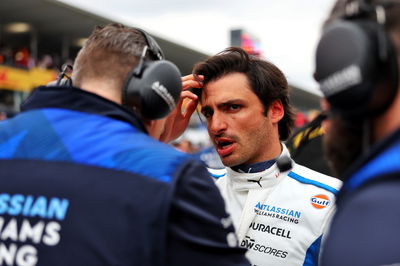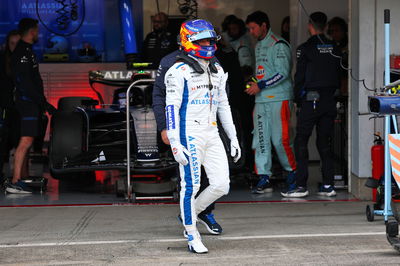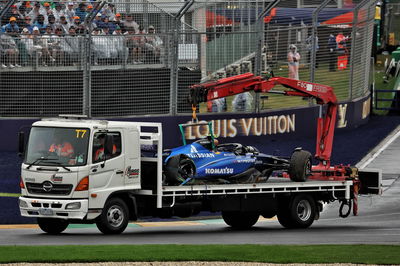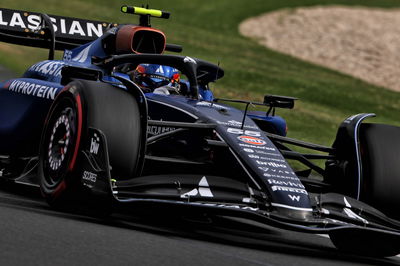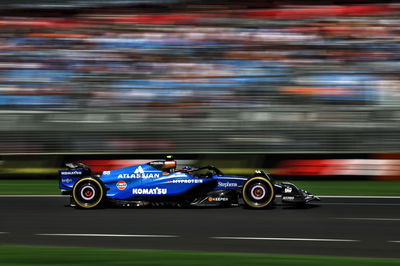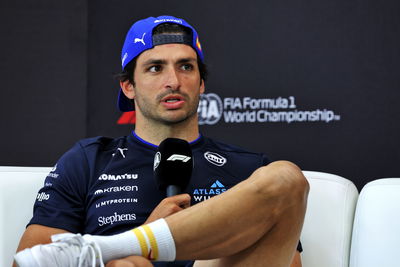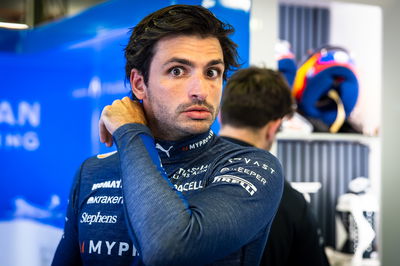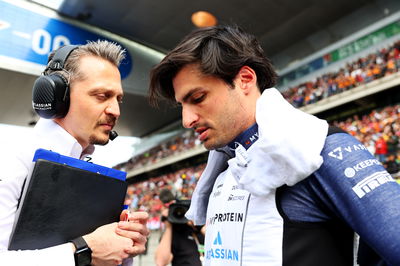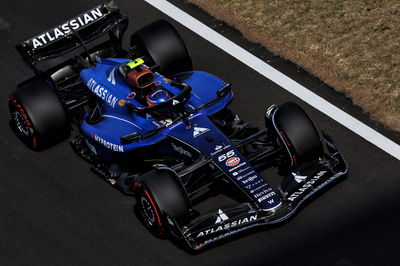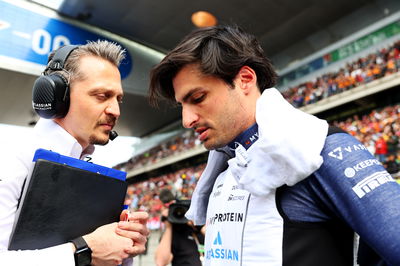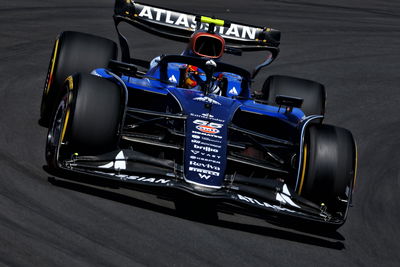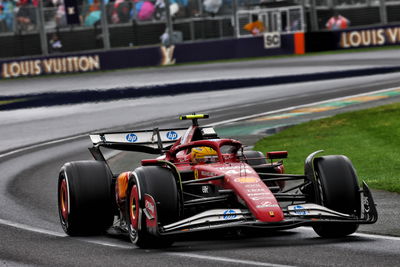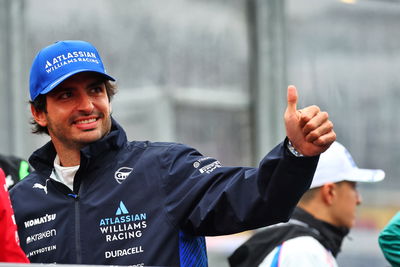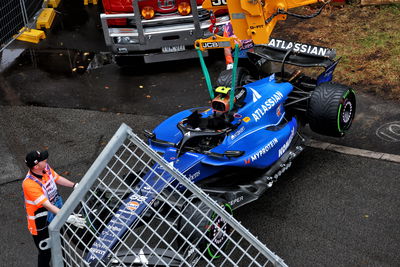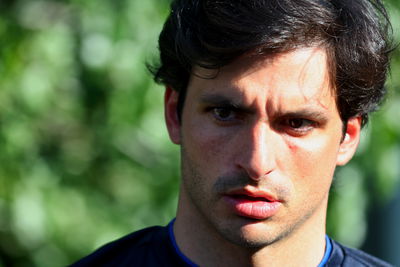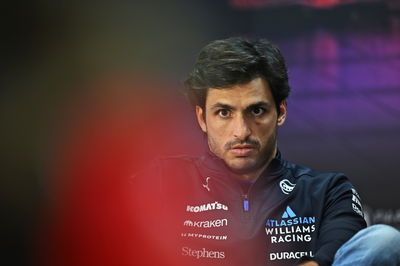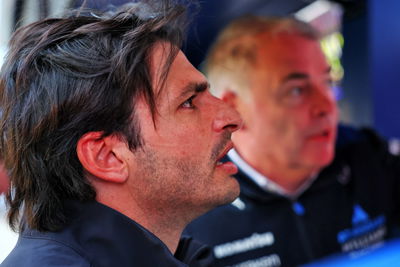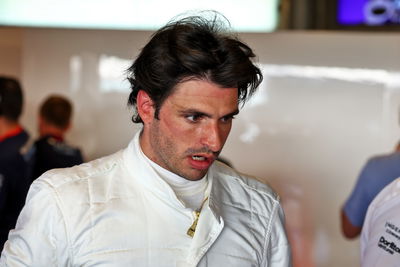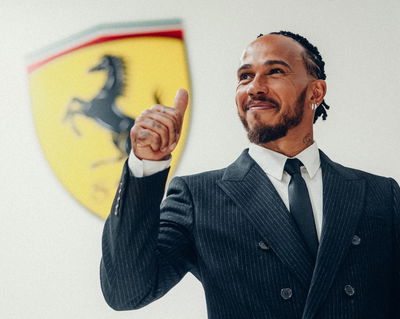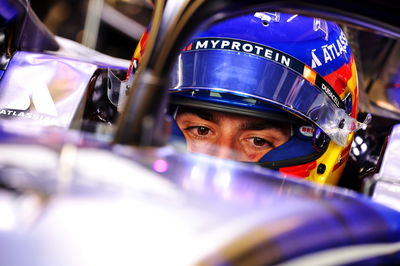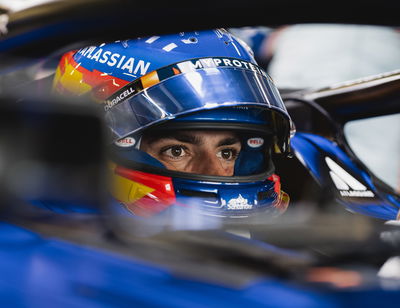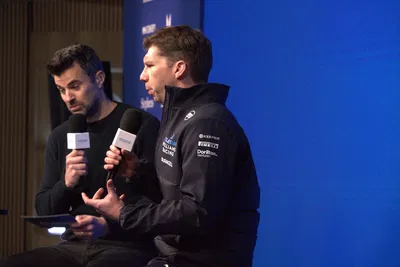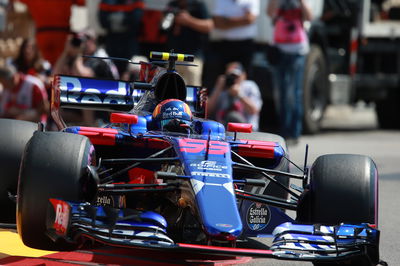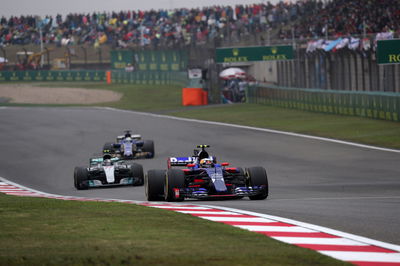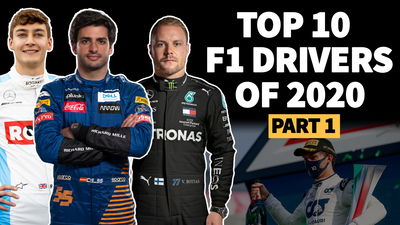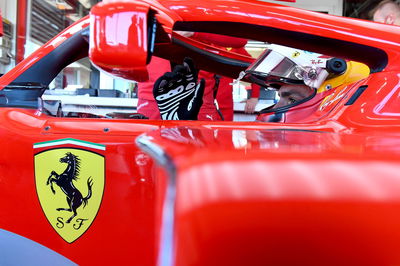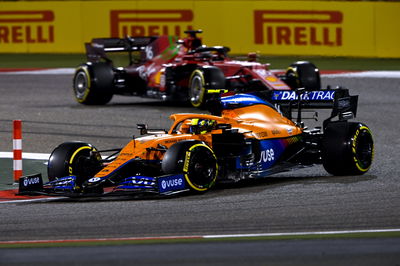Carlos Sainz Jr
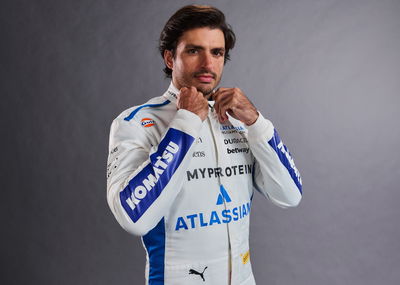
Personal Information

About Carlos Sainz Jr
Carlos Sainz will race for Williams for the first time in his F1 career in 2025 after making the move from Ferrari.
Career Stats
Latest News
Pagination
- Next page Next Page
Full Biography
Carlos Sainz will race for Williams for the first time in his F1 career in 2025 after making the move from Ferrari.
After Ferrari announced they had signed Lewis Hamilton on the eve of the 2024 F1 season, not many would have thought that Sainz would end up at Williams the following year. Sainz hoped to have secured a seat at either Red Bull or Mercedes for 2025, but both teams opted for less experienced options in Liam Lawson and Andrea Kimi Antonelli.
This left Sainz with a choice of three: Sauber/Audi, Alpine, or Williams. The Spaniard, buoyed by James Vowles’ project at Grove, opted to sign for Williams.
Sainz will have a big task on his hands though, with Williams finishing P9 in the constructors’ standings in 2024.
Through the Red Bull young driver programme, Sainz got his F1 chance in 2015 at Toro Rosso and was put alongside Max Verstappen. Sainz fared well, but it was Verstappen who had the edge, particularly in races, earning him a promotion to Red Bull for 2016.
Sainz continued to impress at Red Bull’s sister team, but with no opening - given Verstappen was alongside Daniel Ricciardo - he was forced to look elsewhere. Sainz joined Renault in the latter half of 2017 before a full season with the French manufacturer in 2018.
His season with Renault was arguably the most disappointing of his F1 career, as he was outperformed by teammate Nico Hülkenberg. He firmly cut ties with Red Bull in 2019 when he made the move to McLaren.
Sainz enjoyed two strong years at Woking, putting him in the shop window as he attracted Ferrari’s interest, replacing Sebastian Vettel at Maranello in 2021. Sainz outscored Charles Leclerc points-wise in his first year with the team.
He became a maiden F1 grand prix winner at the 2022 British Grand Prix, while he was the only non-Red Bull victor of the 2023 campaign. His final season with Ferrari was his strongest, despite knowing he was leaving the team at the end of the year, taking two victories in Australia and Mexico.
Sainz will embark on a new chapter with Williams in 2025 as he looks to aid a legendary F1 team’s recovery back to the front of the grid.
Latest Videos
Latest Photos
